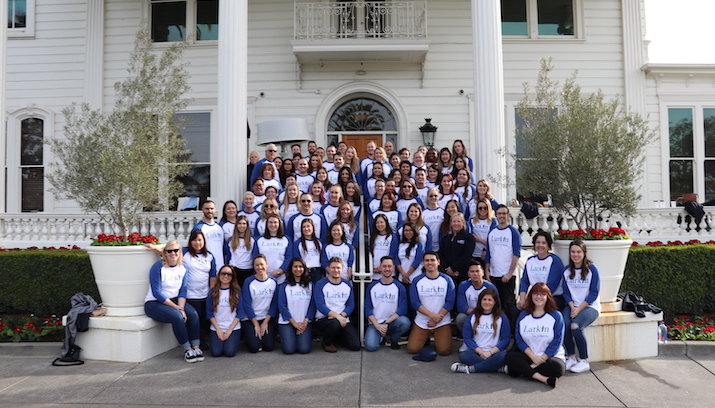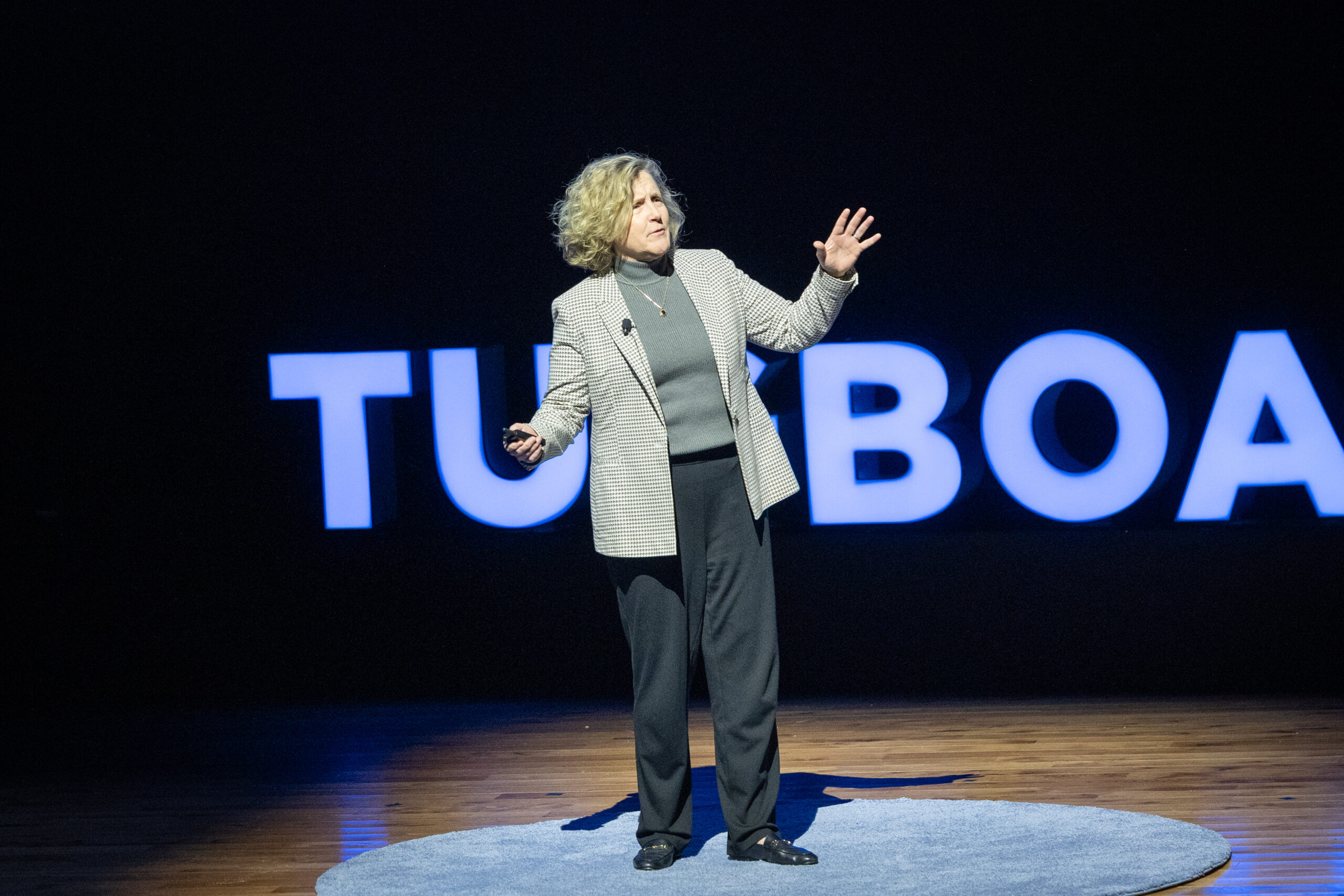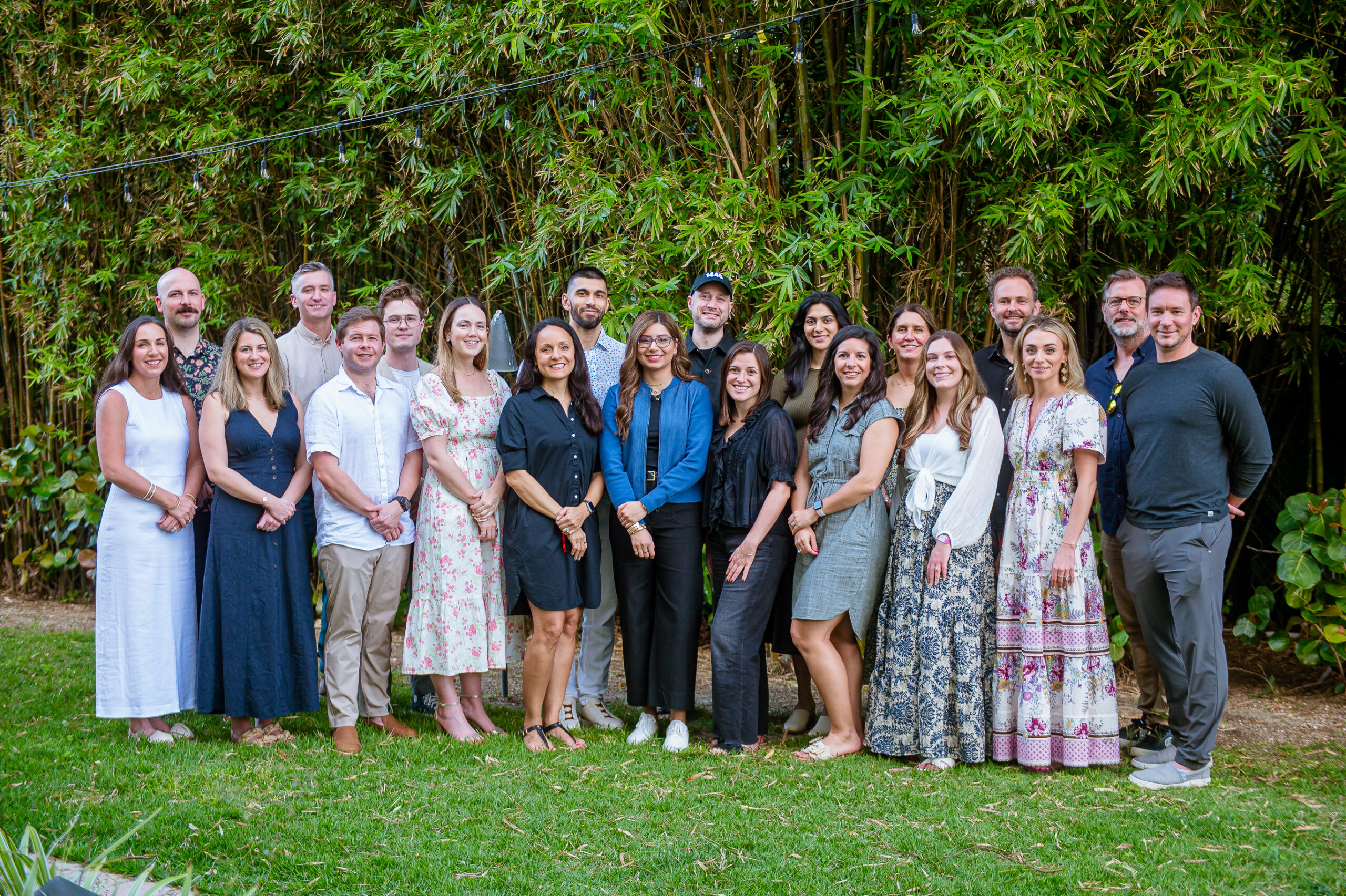

How to Grow While Saying No
- Jack Larkin
- The Larkin Company
Joining a family business is not always an easy decision. When my father, Tom Larkin, and I initially discussed my working for The Larkin Company, the business he founded in 2001, I was hesitant. How would the child-parent dynamic play out in the business? Was joining what was then a relatively small business—at a lower salary—the right move for my young family?
Ten years later, I can say that the decision has been unequivocally positive. Stepping into the business, an administrator for employee leaves of absence and self-insured, short-term disability benefits, has provided me the chance to grow and scale a company from what was then a team of six or seven to our current 90+ employees. My father and I worked closely together until he stepped away from daily operations to become Chairman in 2015, and we have had the satisfaction of owning and operating a business built by our combined efforts, to our values.
Now, since assuming the position of President and COO, I am looking ahead to continue the managed growth strategy we developed together: we have plans to grow the company to 150+ employees over the next 2-3 years. As an Evergreen business, we embrace the principle of Paced Growth, and we have the luxury of creating a tempo that allows us to maintain our values and the differentiating level of service that sets us apart in our industry.
We compete against a lot of big insurance carriers and other administrators, so ensuring we maintain the differentiating service level as we scale is our top priority. We’ve built our reputation on our service, and we’re not willing to make any compromises in that area. To maintain that signature service, we’ve been intentional about the rate at which we add new clients. Twice over the last few years, we’ve delayed adding new clients for a full quarter. The impact of each of those decisions has meant about five months of no new revenue because it takes us about 60-90 days to bring on a new client. But, for us, the pause is essential to protect service for our current clients and, importantly, to make sure our team is not overworked and continues to have a good work-life balance.
Intentionally slowing our pace also provides opportunity to reflect, improve our processes, and plan for the next phase of growth. We’ve had the space to ask, “What are we doing well? How are our processes working? How can we do it better? What are our priorities as we move forward?” We will continue to manage our growth in a way that allows us to answer these important questions. We want to continue to add new clients, but we don’t ever want to find ourselves in the business of replacing clients we’ve lost because our service has deteriorated.
As we move forward with our Paced Growth approach, we are not only intentional about the rate at which we add clients but also about the quality of these new partners to ensure the relationship will be lasting and mutually beneficial. As we evaluate potential and existing clients, we have made difficult decisions to end relationships or not enter into new contracts with clients who are not the right fit for us for one reason or another. In some cases, these have been very large accounts, and the impact has been significant to the revenue of our still relatively small company. Despite the impact, we feel it’s important to continue to be selective as we grow to maintain our service, our values, and a positive environment for our internal team.
Developing our people and growing our team as we scale the business is another essential aspect of our Paced Growth strategy. It’s also probably my biggest challenge. How will we be able to hire the right people—and as many as we need to meet demand and maintain our quality as we scale? How will we train and develop our people so that we can build a leadership bench?
To help me meet that challenge, we made the decision in 2017—around the time we hit 50 employees—to bring in a consultant to help. Ed Martin, who has held senior HR positions at a number of companies, including Pixar, and has been a close friend of my father’s for years, has been working closely with us to develop strategies and processes that will help us develop and train our growing team. Specifically, we’ve been working to both train managers and also create non-managerial career paths. We’ve been focusing on developing career ladders for people across the organization, defining paths for employees that will allow us to retain our talent, and providing coaching and training to help them succeed on their paths.
Working with Ed has been invaluable to me. He has helped us create structure and ask the important questions. Having him on site regularly has also benefitted me as a leader, through informal conversations and mentoring around my own development. He’s helped me clarify what I need to be thinking about as the leader of the business and how I can best communicate our direction and values to our people to maintain culture as we grow.
Looking forward, I’m excited about the prospects for our company. Having the opportunity to lead an Evergreen business has been incredibly fulfilling. It’s both exciting and challenging to consider the big questions and develop solutions for growth. And, knowing that we can pace that growth in a way that allows us to maintain the values and service that set us apart provides me, as a leader who is learning and growing myself, great comfort and confidence.
Jack Larkin is President and COO of The Larkin Company.
More Articles and Videos

Both/And Thinking: Harnessing the Positive Potential of Tensions
- Marianne Lewis
- Carl L. Linder College of Business, University of Cincinnati

Leading Through Uncertainty – Tugboat Institute® Summit 2025
- Jackie Hawkins
- Tugboat Institute

Get Evergreen insight and wisdom delivered to your inbox every week
By signing up, you understand and agree that we will store, process and manage your personal information according to our Privacy Policy




